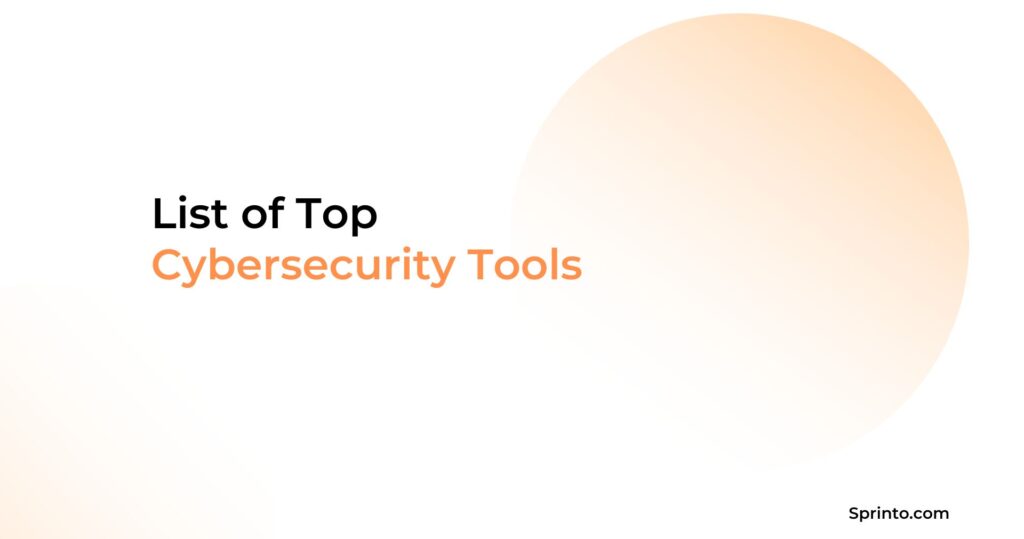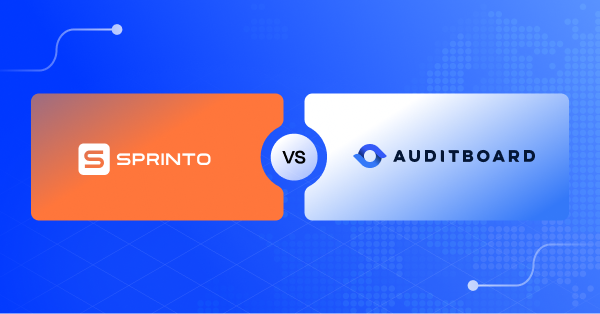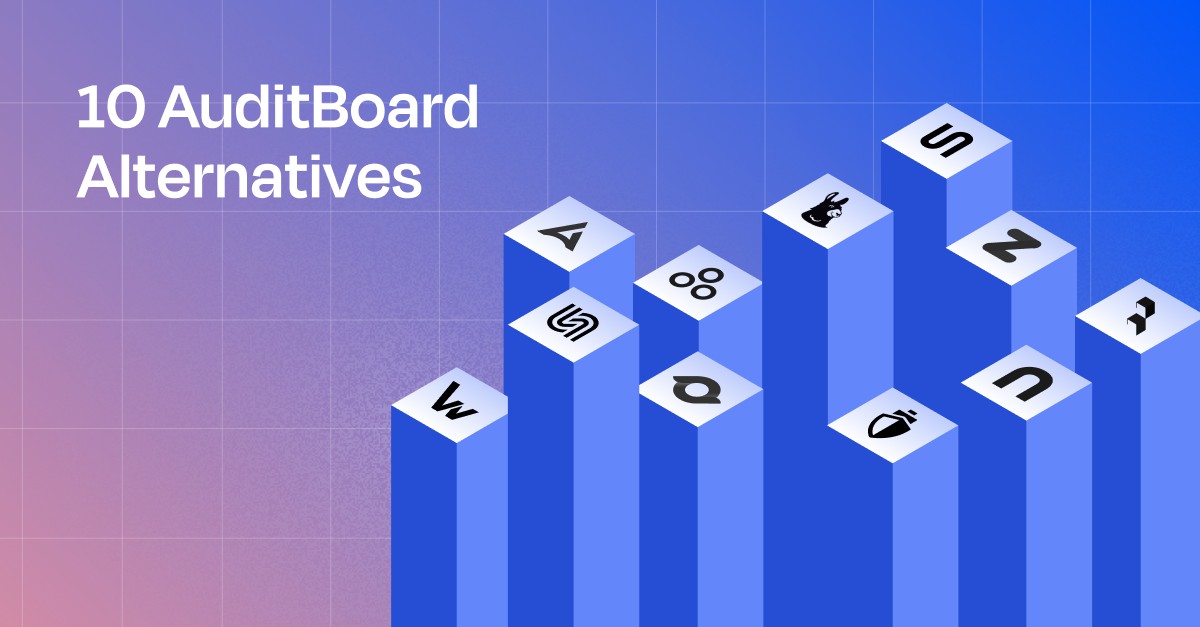A Kickstarter Guide To Creating Robust AI Governance Frameworks
Payal Wadhwa
Aug 22, 2024
AI, like any other technological advancement is a double-edged sword. Futurist and technology philosopher Gray Scott warns that by 2035, the human mind will struggle to keep up with the Artificial intelligence machines. Forbes experts highlight that the immediate dangers of AI revolve around bias, privacy concerns, accountability, job displacement and transparency. This underscores the need for a structured framework to regulate the use of AI systems, which is precisely where AI governance comes into play.
However, AI governance is a relatively new topic and emerging trend. Currently, experts are trying to build it upon existing frameworks because AI primarily involves data and privacy concerns. This blog aims to help you understand the key AI principles and the steps to build an AI governance framework, much like we would for data or privacy governance.
TL, DR
| AI governance frameworks ensure that initiatives involving AI is created, developed, and deployed in a responsible, methodical, and ethical manner. |
| The principles of AI governance are explainability, accountability, auditability, fairness, transparency, safety, security, robustness, reproducibility, oversight and data governance |
| To develop an AI governance framework you must determine the needs, establish governance structure, create policies, implement safeguards and monitor continiously. |
What is the AI governance framework?
AI governance framework is a structured set of policies and guidelines that aim to ensure fair and careful development and responsible use of AI technologies. The key objective is to promote transparency and accountability while moving towards technological advancements with AI
Why is AI governance needed?
AI governance is crucial because, with the increasing use of artificial intelligence in sectors such as health care, banking, compliance, etc., any machine learning biases need to be minimized. This is a must for fair decisions and establishing accountability for AI-driven outcomes.
It is also needed to ensure reliability and quality AI systems to demonstrate a commitment to ethical standards and build trust. Here are some examples of where and how AI governance can promote fairness and reliability:
- AI governance can prevent the unlawful use of AI to break security measures
- If a company uses AI to personalize marketing campaigns, AI governance can ensure that customer data is collected, stored and used in an ethical manner. It can also ensure that the process complies with regulations such as GDPR.
What are the key principles of the AI governance framework?
The guiding principles for responsible development and ethical use of AI have been curated from different sources such as Google’s AI principles, general AI ethics, OECD etc.
Let’s look at these 11 principles that form the basis of any AI governance framework:
Explainability
Explainability means making it clear how AI systems use, process, and handle input data to reach conclusions or decisions. The systems should be designed in a way that it is easy to understand the factors contributing to the decisions and how they are utilized.
Accountability
Accountability means ensuring that the legal and ethical responsibilities of AI systems are clearly defined. It involves identifying who is responsible for the AI decisions and implementing a system to address errors or biases.
Auditability
Auditability means structuring AI systems in a way that enables outside parties to understand algorithm behavior. Independent third parties should be able to examine and validate the data, decisions, and operations of the AI systems to verify if they operate as per regulatory standards of security.
Fairness
Fairness means ensuring that the AI systems are unbiased or impartial towards all individuals and groups. The systems should be designed in a way that they support just and equitable decisions to benefit all groups in society equally.
Transparency
Transparency means having open and clear information about how the AI systems are designed and how they operate or make decisions. It aims to ensure that stakeholders have access to information about how the systems are developed and used to facilitate openness.
Safety
Safety means that AI systems should be designed in a way that minimizes any kind of physical harm to humans. AI technology should be developed and deployed with safeguards to prioritize the well-being of individuals.
Security
Security means that AI systems and the supporting infrastructure must be protected against breaches and attacks. It aims to ensure the confidentiality, integrity and availability of AI systems by implementing security measures.
Robustness
Robustness means that AI systems are powerfully built to withstand any uncertain events and continue to function reliably. The AI systems should be dependable and maintain performance integrity to stay protected against any kind of tampering, manipulation, or operational disruptions.
Reproducibility
Reproducibility means that AI systems should be able to replicate the same outputs when the inputs and data conditions remain unchanged. It enables researchers or independent third parties to validate the reliability and accuracy of AI systems across different contexts and applications.
Human Oversight
Oversight means that human intervention and control should be prioritized to oversee and adjust AI decisions when needed. It aims to empower humans by allowing them to reclaim their autonomy and judgment to intervene in critical situations.
Data governance
Data governance means that AI systems should be designed to protect individuals’ privacy and ensure the integrity of data handled by AI systems on an ongoing basis.
Automate GRC tasks with Sprinto
Steps to implement AI governance framework
Like with any governance framework, AI governance regulatory frameworks are established with your purpose kept in mind and incorporating governing principles.
Let’s look at the steps to implement the AI governance and regulatory framework:
1. Determine the needs and objectives
As with any framework implementation, start by defining the need for an AI governance framework and the objectives you aim to achieve. The needs stem from the usage of AI systems, the applicability of data privacy and other regulations, and the responsibility of promoting the ethical use of AI.
So, the key objectives will majorly revolve around ensuring that:
- AI technologies are implemented keeping in mind the principles of fairness, accountability, security, etc.
- AI systems comply with relevant and applicable regulations such as GDPR, CCPA, etc.
The scope will be determined next, including the AI systems and departments that must be governed.
2. Establish governance roles
The establishment of a governance structure will follow the identification of scope and objectives. It will help federate accountability and streamline processes. This will require the creation of a governance committee or body and other roles with a clear definition of governance tasks.
Here are some examples of roles and responsibilities:
- Chief AI Governance Officer (CAIO): Ensures that AI governance strategy aligns with the organization’s objectives and oversees the initiatives
- AI governance committee: A team consisting of cross-functional leaders that contribute to policy creation and monitoring of implementation efforts
- Data Protection Officer/ Compliance officer: Oversees if AI systems adhere to relevant laws and data privacy standards
- Security team: Monitors AI systems for any potential risks and errors
- Legal counsel: Handles any legal matters related to AI.
3. Create policies and guidelines
The next step is policy creation. It should be developed involving key stakeholders and offer a roadmap for AI governance implementation. Key sections of the policy will include purpose and scope, governance structure, ethical considerations, compliance requirements, training, identified risks and path to mitigate them, and control monitoring guidelines.
Here is an example of AI governance policy that can guide you: Humber and North Yorkshire ICB AI governance policy
4. Implement safeguards
Begin implementation of safeguards that will help minimize or mitigate AI-related risks. Start by educating the workforce on the dangers of AI misuse and making them understand their responsibilities for its ethical deployment. Next, implement technical measures such as encryption, access controls, risk assessments, etc. to minimize security concerns.
5. Monitor on an ongoing basis
Establishing a system for ongoing monitoring and rigorous testing and validation is crucial. Use tools that can help you run granular-level automated checks. You can also count on manually simulated attacks to check whether the AI models function well. Have a feedback mechanism and document the results from monitoring and suggestions. Regularly update the policies because AI is moving fast and so should your business.
See how Sprinto can help here:
Benefits of AI governance framework
If you use AI responsibly you can turn it into a massive opportunity.
Here’s a nugget from Kelly Hood, EVP, cybersecurity, Optic cybersecurity solutions, shared during a webinar on Risk in the age of AI hosted by Sprinto
“Regarding AI usage, there are two ends of the spectrum. Some employees say, ‘Let’s use AI; it’s freely available within the company.’ Meanwhile, some companies lock it down and disallow it, assuming non-technical employees won’t understand it. That doesn’t work either. It’s crucial to engage employees in discussions about AI tools, highlighting both their benefits and drawbacks, to fully leverage their potential.”
Let’s look at some of the benefits of the AI governance framework:
Enhanced Risk management
AI governance ensures that secure practices are followed throughout the lifecycle of AI systems development. It also promotes regular testing of these systems to ensure that they produce reliable, accurate, and unbiased results. Additionally, it ensures that any applicable compliance requirements are met when implementing AI systems. This ensures comprehensive risk management for the organization.
Stakeholder confidence
AI governance framework helps incorporate the key principles of fairness, accountability, etc., and ensures high standards when maintaining AI systems. There are clear channels of responsibility and accountability, often requiring stakeholder approvals to minimize any kind of bias. This enhances their trust and confidence by demonstrating a commitment to the ethical use of AI.
Operational efficiency
AI governance frameworks provide structured guidance for AI adoption. This ensures that well-informed and responsible decisions are taken for AI projects and that the resources are optimally utilized. In the long run the streamlined processes compound to operational efficiency.
Responsible innovation
AI adoption presents numerous innovation opportunities, and companies not considering leverage these soon will be missing out. However, the usage comes with responsibility and that’s where AI governance frameworks play a crucial role. They help ensure responsible innovation that aligns with societal values, builds public trust and ensures that the benefits of innovation are more equitably accessible.
Ethical culture
An ethical culture represents an organization’s shared values and commitment to integrity and fairness in operations.Implementing an AI governance framework helps integrate these principles of ethics into the development and use of AI systems. Elements like training, transparent communication, enforcement of ethical policies and stakeholder engagement together contribute to building an ethical culture for the use of AI.
Penalties for not adhering to AI regulations
The European Union has passed an AI act to regulate Artificial Intelligence technologies and the penalties are harsh. High-risk AI systems causing severe violations can attract fines up to €35 million or 7% of global annual revenue, whichever is higher. The amount is huge and can even lead businesses to shut down.
Additionally, there can be fines and penalties for not using AI responsibly. For example, in an incident, two lawyers were fined $5000 for submitting fictitious legal research. This is an unethical use of AI and not in the best interest of individuals.
How Sprinto can help with AI governance?
So, in essence, AI governance is about ensuring that you are developing or managing AI for the right reasons. If you are subject to data privacy or other regulatory frameworks, it is crucial to make sure that AI systems are aligned and help minimize risk. Tools like Sprinto can help you here and do most of the heavy lifting.
The automation tool can take up all typical GRC tasks such as internal risk assessments, continuous control management, and alignment with privacy frameworks. In case of any data-related risks or privacy concerns , it can send you automated notifications and enable you to take proactive action.
Start ensuring compliance with leading AI regulations and other frameworks with Sprinto. See the platform in action and kickstart your journey.
FAQs
What are AI regulations?
AI regulations are laws, standards or any public policies that govern the use of Artificial intelligence. AI regulations aim to ensure that AI systems adhere to data privacy laws and work transparently, ethically, safely and in an unbiased manner. European Union’s AI act is an example.
What are some AI governance framework examples?
Some AI governance framework examples include NIST AI RMF, Singapore’s model AI Governance framework, Google’s AI principles etc.
What are the metrics of AI governance?
AI governance metrics are quantitative or qualitative measures that help you evaluate if the AI technologies are being responsibly or ethically used. Some examples of AI governance metrics include incident response time for AI-related incidents, compliance rate of AI systems, failure rate of AI systems etc.


Use Sprinto to centralize security compliance management – so nothing
gets in the way of your moving up and winning big.





















